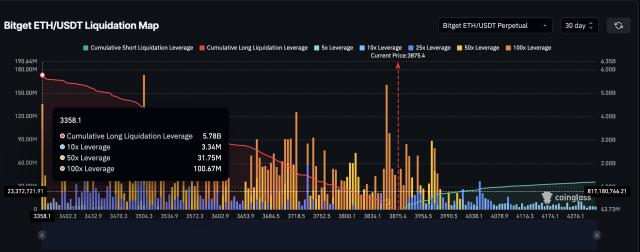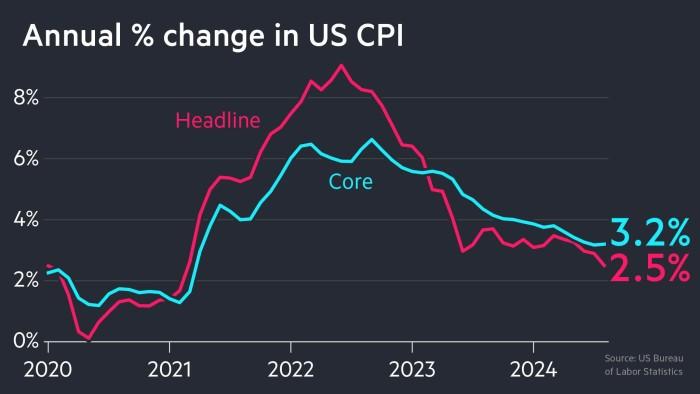Chainfeeds Preface:
At any time, prioritizing other means and unwilling to sell Bitcoin, because once the coins are sold, the entire "Bitcoin Treasury" story will collapse, and market faith will be shaken accordingly.
Article Source:
https://mp.weixin.qq.com/s/BaVW7IWSCFaqXdRIltrUUg
Article Author:
IOSG Ventures
Perspective:
IOSG Ventures: When a listed company incorporates crypto assets into its balance sheet, a core question is: How do they finance the purchase of these assets? The traditional method is to rely on free cash flow from core business, which is theoretically the most stable and does not cause equity dilution. However, in reality, this method is almost impractical. Most companies adopting a crypto treasury strategy themselves lack stable and large-scale cash flow, and cannot accumulate substantial BTC or ETH reserves without external financing. Taking MicroStrategy (MSTR) as an example, the company was founded in 1989 and was originally a business intelligence software enterprise, whose main business products can still only generate limited income. In fact, MSTR's annual operating cash flow is negative, far from supporting its Bitcoin investment of hundreds of billions of dollars. This means that MicroStrategy's crypto treasury strategy was built on capital market operations from the beginning, rather than business profitability. Similar examples include SharpLink Gaming (SBET), which transformed into an Ethereum treasury vehicle in 2025, purchasing over 280,000 ETH (approximately $840 million), and its original B2B gaming business obviously cannot support such an acquisition. SBET relies on PIPE financing and public market stock issuance, not operating income. These cases show that crypto asset allocation is more like a financial engineering problem than an operational optimization decision. MicroStrategy is a typical counterexample of "equity dilution ≠ shareholder loss". Since 2020, MSTR has continuously purchased Bitcoin through equity financing, with its circulating shares growing from less than 100 million to over 224 million by the end of 2024. Despite this, MSTR's stock price often outperforms Bitcoin itself. The key reason is that MSTR has long been in a state where its market value is higher than its net Bitcoin value, i.e., mNAV > 1. This means the market is willing to pay a premium for each unit of Bitcoin to gain exposure to MicroStrategy. This premium reflects market confidence in the company's governance, capital strategy, and active management capabilities. When mNAV > 1, the company can issue new shares at a price higher than net value, and use the raised funds to invest in Bitcoin, thereby increasing total holdings. This model not only does not dilute existing shareholders' interests but may even increase BTC holdings per share (BTC/share), achieving so-called "anti-dilution". The core of this strategy is that the company does not rely on internal profit growth to expand assets, but cleverly uses capital market leverage to buy BTC with other people's money. When mNAV Source








